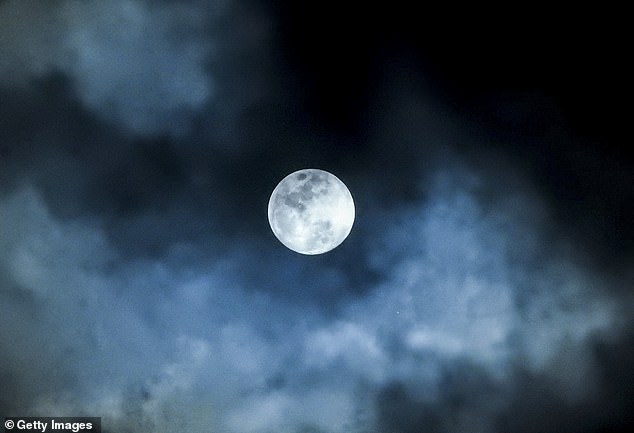NASA is set to make a major announcement about the Moon.
The space agency took to social media this week to reveal that it would be holding an event to explain an ‘exciting new discovery’ about the astronomical body.
In a post to its Twitter account, a spokesperson for NASA said the incredible find was made from the Stratospheric Observatory for Infrared Astronomy, or SOFIA.
It read: “Mark your calendars: We will be revealing a new discovery about the surface of the Moon from our airborne @SOFIATelescope observatory, and YOU are invited.
As to what the major announcement is referring to still remains a mystery, but according to reports, with Jacob Bleacher, chief exploration scientist for the Human Exploration and Operations Mission Directorate at Nasa’s Headquarters, in attendance, it is likely to be closely linked to the agencies future missions to the Moon.
In a post to its website, Nasa said: “This new discovery contributes to NASA’s efforts to learn about the Moon in support of deep space exploration.
🗓️ Mark your calendars: We will be revealing a new discovery about the surface of the Moon from our airborne @SOFIATelescope observatory, and YOU are invited.
✏️ Pencil us in for 12pm ET on Monday, Oct. 26! To participate: https://t.co/gzfTK43snB pic.twitter.com/HHNXOAYfMh
— NASA (@NASA) October 22, 2020
“Under NASA’s Artemis program, the agency will send the first woman and next man to the lunar surface in 2024 to prepare for our next giant leap – human exploration of Mars as early as the 2030s. Understanding the science of the Moon also helps piece together the broader history of the inner solar system.”

SOFIA, which was used for the discovery, is a modified Boeing 747 that is capable of flying much further outside the atmosphere and past around 99 percent of its water vapour, meaning its huge 9-foot telescope is able to get a better view of our solar system.
The fact it is mobile also means that it can be taken to any part of the world, allowing the space agency to study areas high above oceans, where there are no telescopes.
According to NASA’s website, during a 10-hour, overnight flight, SOFIA can monitor ‘star birth and death, formation of new solar systems, identification of complex molecules in space, planets, comets, and asteroids in our solar system, nebulas and galaxies, celestial magnetic fields, and even black holes at the center of galaxies’.
Credit: PA




